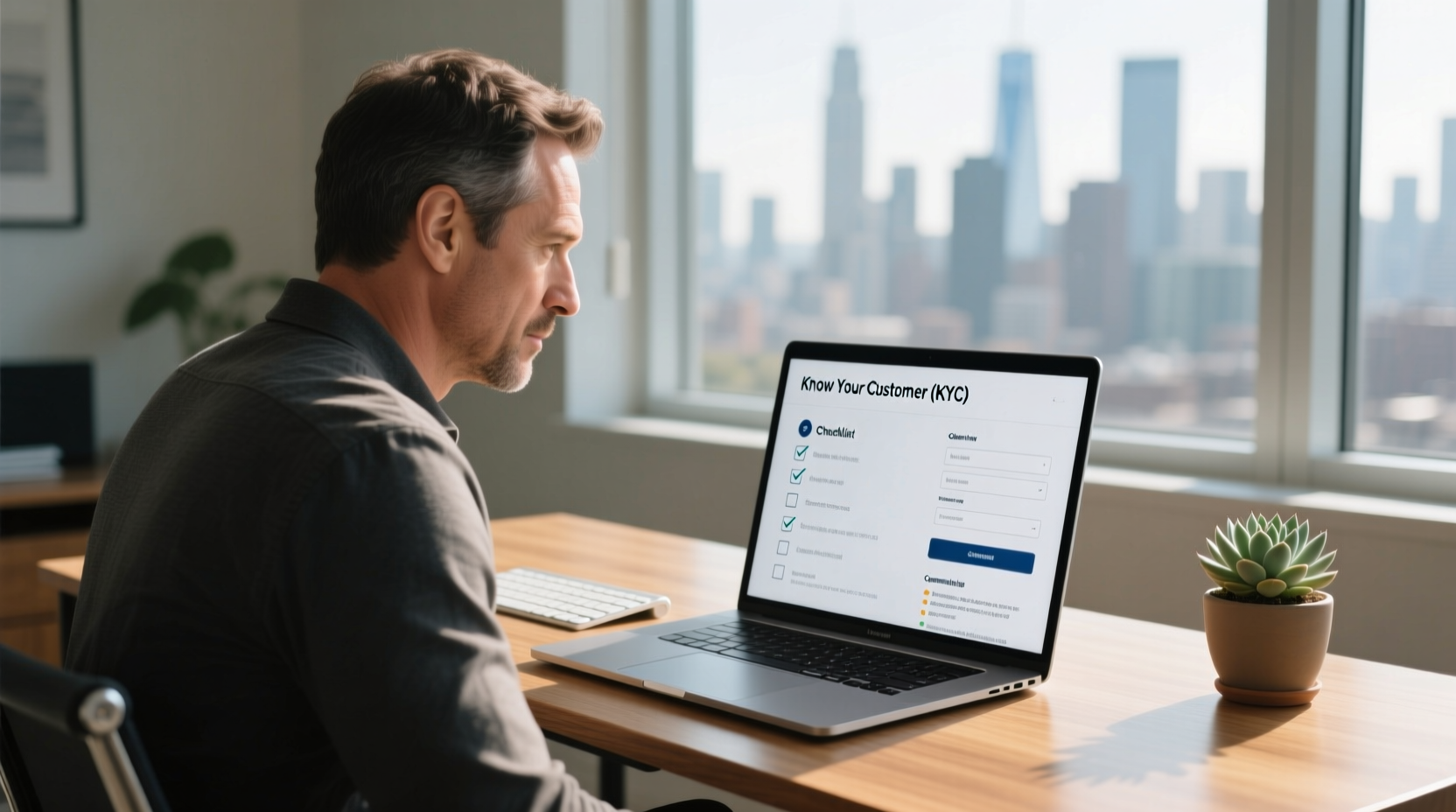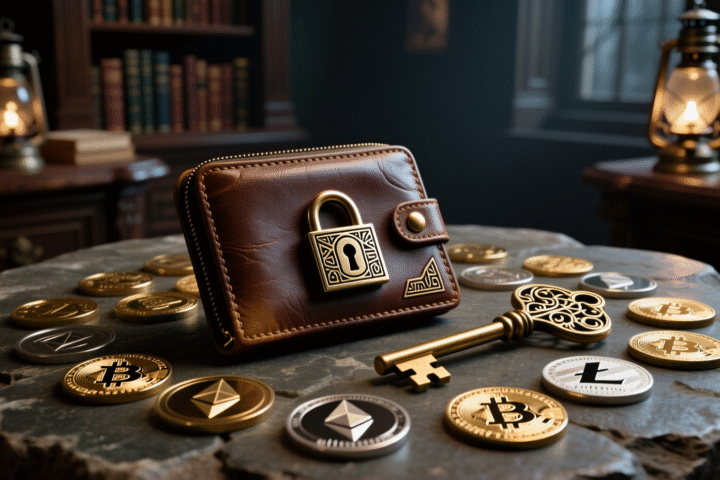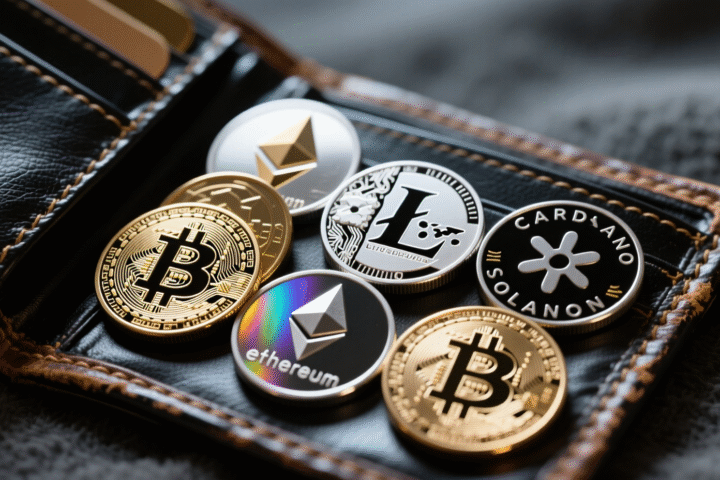KYC mistakes happen more often than you’d think, and they can seriously slow down your crypto journey. Short for “Know Your Customer,” KYC is the process exchanges use to verify your identity and keep the platform safe from fraud, bots, and bad actors. It’s not just a formality; it’s a safeguard for you and the entire crypto community.
Key points:
- Even experienced traders make simple KYC mistakes that delay verification, like submitting blurry documents or mismatched personal details.
- Avoiding these errors, by using clear IDs, matching info, and checking expiration dates, keeps your account secure and speeds up approval.
- Treat KYC as your crypto passport: getting it right the first time means smoother trading, stronger protection, and fewer headaches down the line.
But here’s the twist: even seasoned traders slip up. From mismatched details to unclear ID photos, small errors can turn a quick verification into a long, frustrating wait. Avoiding these common KYC mistakes isn’t just about compliance, it’s about keeping your funds secure and your trading smooth from day one.
Mistake #1: Submitting Blurry or Cropped Documents
Nothing slows down KYC faster than a photo that looks like it was taken mid-sneeze. Poor image quality or half-visible documents make it impossible for the system to verify your details, leading to delays or outright rejections. If the platform can’t read it, it can’t trust it.
Tip: Use natural light, hold your camera steady, and make sure the entire document is visible in the frame.
Mistake #2: Using Nicknames or Inconsistent Information
“Sam” on your account but “Samantha” on your ID? That’s one of the most common KYC mistakes out there. Even the smallest mismatch in your name, address, or date of birth can raise red flags for fraud detection systems.
Tip: Double-check that every personal detail matches your official documents exactly, letter for letter.
Mistake #3: Ignoring Document Expiry Dates
Expired IDs are instant deal-breakers. Many users upload old passports or outdated driver’s licenses without realizing they’re no longer valid, resulting in automatic denial.
Tip: Always confirm your ID or passport is still active before you hit “submit.”
Related: Brooklyn Man Indicted for $16M Phishing Scheme Targeting Coinbase Users
Mistake #4: Submitting Screenshots or Altered Images
Screenshots, filters, and edited files might look cleaner, but to KYC systems, they scream “suspicious.” Platforms are trained to detect any kind of alteration, and those tweaks can cause your verification to fail instantly.
Tip: Upload only original files or clear photos taken directly from your actual document, no filters, no edits.
Mistake #5: Rushing Through Address Verification
A missing apartment number or mistyped postal code can completely stall your verification. Many KYC issues come down to mismatched addresses between what’s written on your proof of address and what you entered on the form.
Tip: Copy your address exactly as it appears on your official proof, such as a utility bill or bank statement.
Mistake #6: Using VPNs or Different IP Locations
If your KYC attempt shows you logging in from two different countries within minutes, that’s a problem. Using a VPN or completing verification while traveling can trigger fraud alerts and delay approval.
Tip: Stick to your usual device and network during the verification process for a smoother, faster experience.
Related: $50M Lost in USDt Address Poisoning Scam Exposes Crypto Copy-Paste Risk
Mistake #7: Ignoring Follow-Up Requests
Even if you’ve done everything right, platforms may still need extra proof. Many users ignore these follow-up emails, assuming their submission is being processed, but silence can freeze your account progress.
Tip: Respond quickly and clearly to any requests for additional documents or clarification. It shows you’re legitimate and helps get your account verified faster.
How to Get It Right the First Time
Avoiding KYC mistakes isn’t complicated, it’s all about being prepared. Before you hit “submit,” take a minute to make sure everything checks out. Clean, readable documents and consistent personal info go a long way in speeding up the process. Think of it as setting yourself up for success instead of playing the waiting game.
Here’s a quick KYC checklist to help you get verified faster:
- Use clear, well-lit photos of your ID, no blur, glare, or cropped edges.
- Double-check that all details (name, address, date of birth) match your official documents.
- Make sure your ID and proof of address are valid and not expired.
- Avoid using VPNs or changing locations mid-verification.
- Respond promptly if the platform requests additional info.
Following these steps means fewer delays, fewer security risks, and a smoother trading experience overall. A little extra care now saves a lot of hassle later.
Avoiding KYC Mistakes Is Your Best Safety Net
KYC might not be the most exciting part of your crypto journey, but it’s one of the most important. Avoiding common KYC mistakes means faster approvals, smoother access to your favorite platforms, and stronger protection for your assets. Think of it as securing your passport to the crypto world.
When you take a few extra minutes to double-check your details and documents, you’re not just ticking boxes, you’re protecting yourself from unnecessary delays and risks. In crypto, your identity verification is your key, keep it clean, clear, and ready to open doors.












